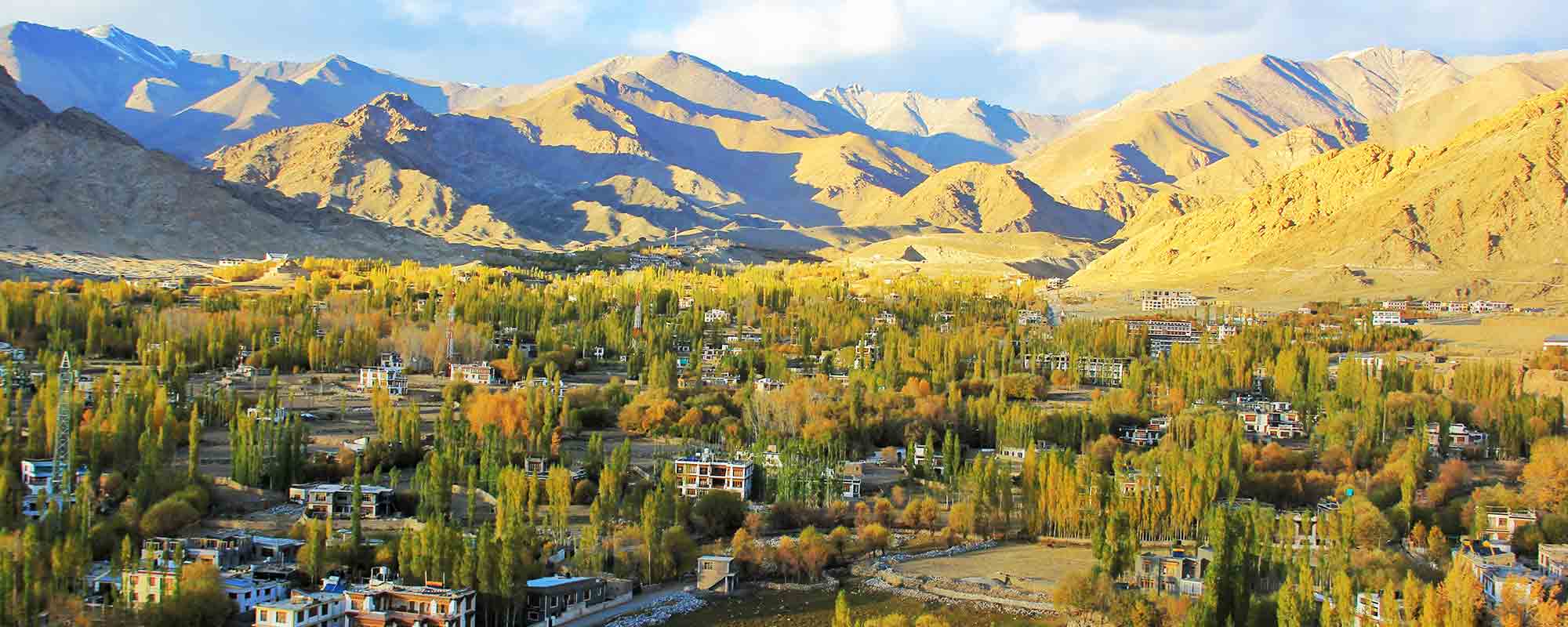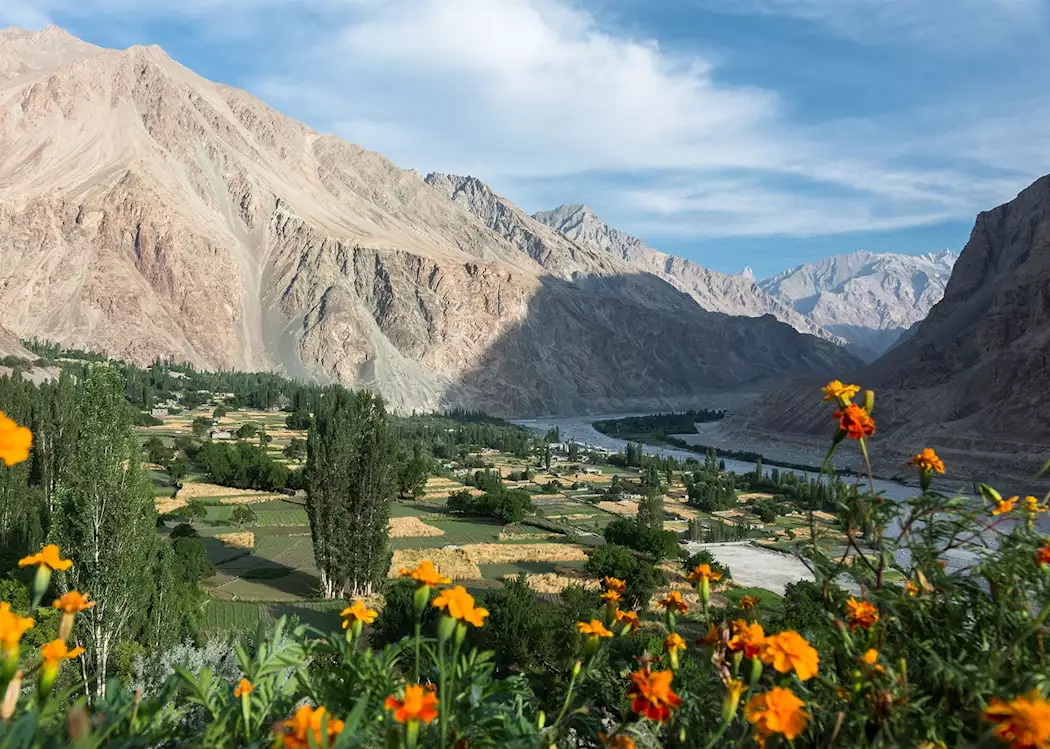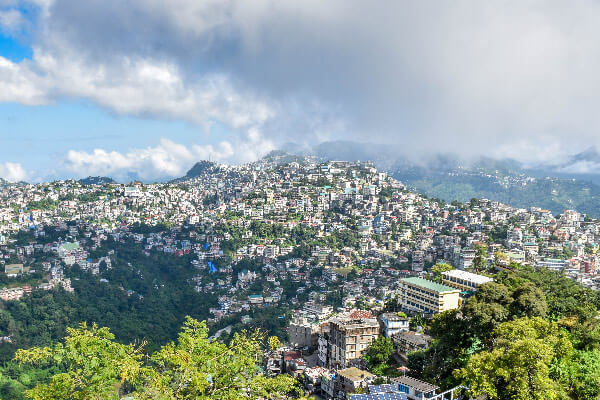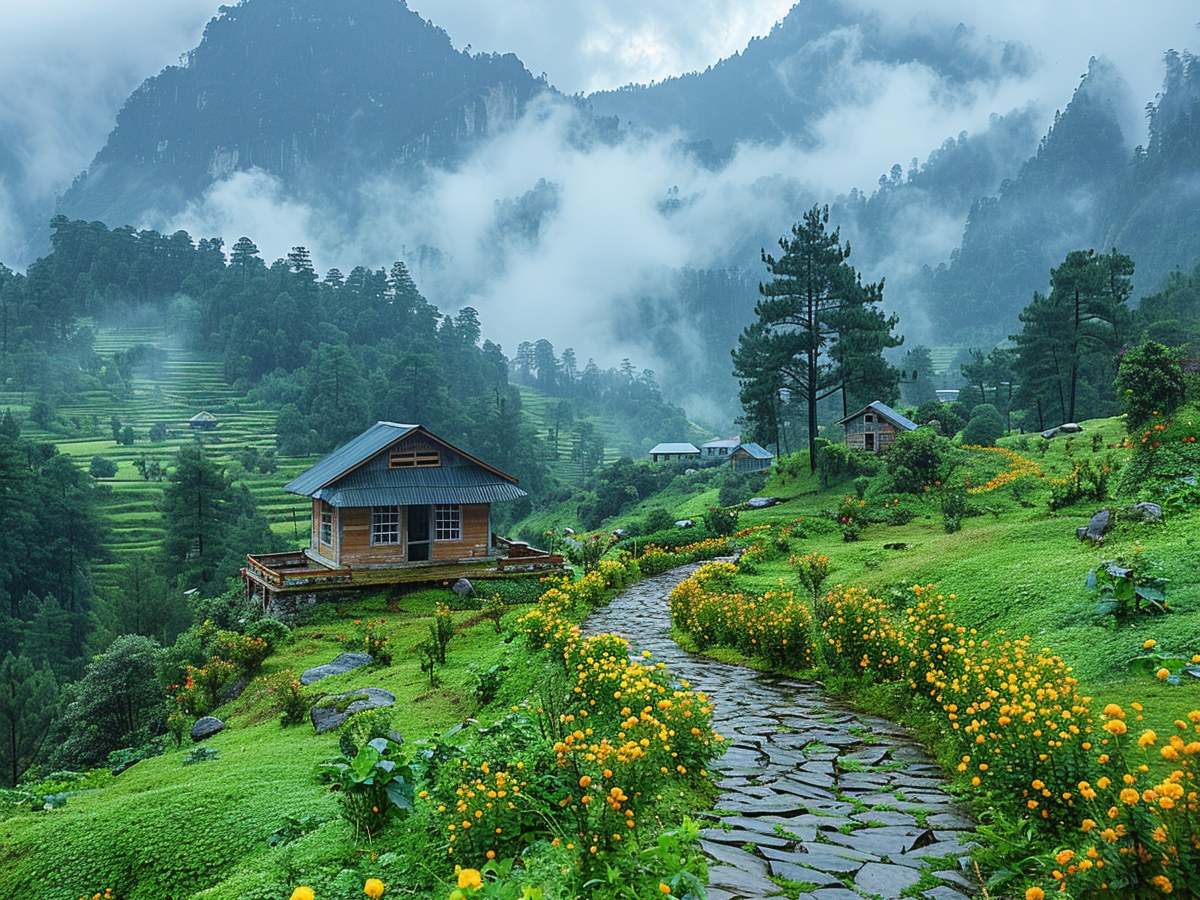여름철 집안에 들어오는 도마뱀을 효과적으로 막는 방법
여름철이 되면 도마뱀들이 먹이와 은신처를 찾아 집안으로 들어오는 경우가 많습니다. 이러한 불청객을 막기 위해 다음과 같은 효과적인 방법을 활용해 보세요.

1. 출입구를 차단하고 청결 유지하기
도마뱀은 천장 틈, 창문, 환기 시스템과 같은 작은 틈을 통해 실내로 들어올 수 있습니다. 집안을 철저히 점검하여 이러한 출입구를 찾아 밀봉하는 것이 중요합니다. 또한, 음식물 찌꺼기를 바로 치우고 창고나 보관 공간을 정리하여 도마뱀이 숨을 곳과 먹이원을 줄이면 자연스럽게 집안이 덜 매력적인 환경이 됩니다.
2. 자연 퇴치제를 활용하기
✔ 고추 스프레이
-
물에 검은 후추, 빨간 고춧가루, 핫소스 등을 섞어 스프레이를 만들어 도마뱀이 자주 나타나는 곳에 뿌려주세요. 매운 자극이 도마뱀을 쫓아내는 효과가 있습니다.
✔ 달걀 껍데기
-
도마뱀은 달걀 냄새를 싫어합니다. 깨끗이 씻은 달걀 껍데기를 문이나 창가 근처에 두면 도마뱀을 막는 데 도움이 됩니다. 하지만 위생을 위해 매일 교체하는 것이 좋습니다.
✔ 마늘과 양파
-
마늘과 양파의 강한 냄새는 도마뱀에게 매우 불쾌합니다. 마늘 조각이나 양파 슬라이스를 방 모서리나 창문 근처, 도마뱀이 자주 나타나는 곳에 놓아두면 효과적입니다.
3. 도마뱀을 쫓는 식물 활용하기
일부 식물은 도마뱀이 싫어하는 강한 향을 발산합니다. 이런 식물을 활용하면 자연스럽게 도마뱀을 멀리할 수 있습니다.
🌱 페퍼민트
-
창가 근처에 페퍼민트를 심거나, 페퍼민트 오일을 물과 섞어 도마뱀이 자주 출몰하는 곳에 뿌리면 효과적입니다. 이 방법은 거미나 개미 같은 해충도 함께 퇴치할 수 있습니다.

🌱 레몬그라스
-
상쾌한 시트러스 향이 인간에게는 기분 좋지만, 도마뱀에게는 불쾌합니다. 화분에 심어 출입구 근처에 두거나 레몬그라스 오일을 디퓨저에 사용해 보세요.

🌼 메리골드(금잔화)
-
메리골드는 해충과 도마뱀을 쫓아내는 피레트린(Pyrethrin) 성분을 함유하고 있습니다. 정원이나 발코니에 심으면 공간을 아름답게 꾸미면서 자연스럽게 도마뱀을 퇴치할 수 있습니다.

4. 상업용 퇴치제 활용하기
자연적인 방법으로 충분한 효과를 보지 못했다면, 상업용 도마뱀 퇴치제를 사용하는 것도 좋은 방법입니다. 허브 성분이 포함된 제품이나 화학 성분을 이용한 스프레이를 활용하면 더욱 확실한 효과를 볼 수 있습니다. 특히, 부엌 벽, 천장, 불빛이 있는 곳 등에 집중적으로 뿌리면 도마뱀을 예방하는 데 도움이 됩니다.
🔹 정리
위의 방법들을 조합하여 활용하면 여름철 도마뱀의 실내 유입을 효과적으로 줄일 수 있습니다. 청결을 유지하고, 자연 퇴치제와 특정 식물을 활용하며, 필요할 경우 상업용 제품을 적절히 사용하면 쾌적한 환경을 유지할 수 있습니다.
Effective Ways to Keep Lizards Out of Your Home During Summer
During the summer months, lizards often seek refuge indoors in search of food and shelter. To keep these unwelcome guests away, consider the following effective strategies.
1. Seal Entry Points and Maintain Cleanliness
Lizards can enter your home through small openings such as ceiling cracks, windows, and ventilation systems. Conduct a thorough inspection of your house to identify and seal these entry points. Additionally, maintaining a clean environment by promptly cleaning up food spills and decluttering storage areas reduces hiding spots and food sources, making your home less attractive to lizards.
2. Use Natural Repellents
✔ Pepper Spray
-
Create a mixture of water with black pepper, red chili powder, or hot sauce, and spray it in areas where lizards frequently appear. The strong irritant will keep them away.
✔ Eggshells
-
Lizards dislike the smell of eggs. Placing clean eggshells near doors and windows can help deter them. For hygiene reasons, remember to replace the shells daily.
✔ Garlic and Onion
-
The pungent aroma of garlic and onions is intolerable to lizards. Place garlic cloves or onion slices in corners, near windows, and other entry points to keep them at bay.
3. Use Lizard-Repelling Plants
Some plants emit strong odors that lizards find unpleasant. Incorporating these into your home can help keep them away naturally.
🌱 Peppermint
-
Plant peppermint near windows or mix peppermint oil with water and spray it in areas where lizards lurk. This also helps repel other pests like spiders and ants.
🌱 Lemongrass
-
While its citrusy scent is pleasant for humans, lizards dislike it. Place potted lemongrass near entryways or use lemongrass essential oil in a diffuser.
🌼 Marigold
-
Bright and cheerful, marigolds contain pyrethrin, a natural compound that repels both insects and lizards. Adding marigolds to your garden or balcony enhances your space while acting as a natural lizard deterrent.
4. Use Commercial Repellents
If natural methods are not sufficient, consider using commercial lizard repellent sprays. These products contain herbal or chemical ingredients that effectively deter lizards without harming them. Apply them to high-risk areas such as kitchen walls, ceilings, and around light sources for the best results.
🔹 Conclusion
By implementing these strategies, you can significantly reduce the presence of lizards in your home during the summer months. Keeping your home clean, using natural repellents and plants, and applying commercial products when necessary will help create a comfortable, lizard-free environment. 😊








































